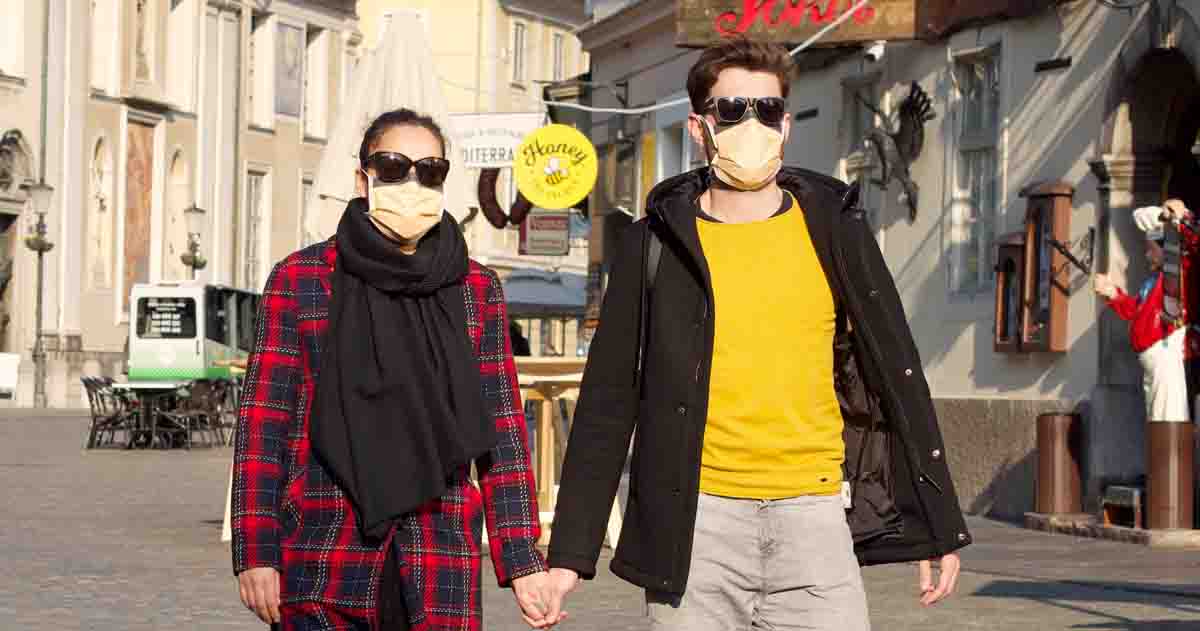
As Australia reaches a pivotal point in our societal response to the pandemic, the signs are emerging of some ‘new realities’ likely to take root in the economy going forward.
One month ago Australian pubs and a myriad of other small businesses were forcibly closed by decree of the Federal Government, in a desperate attempt to slow the spread of the COVID-19 virus. Professor Paul Kelly, Australia’s deputy chief medical officer, cited government projections of a best-case scenario that saw 20 per cent of the country infected and 50,000 or more people dead.
Figures today find just over 6,500 infections in the country (just 0.03 per cent of the population) and only 70 deaths to date, showing Australia faring far better than the bulk of OECD nations.
Nonetheless, while we may have dodged a virus bullet, there are unavoidable economic and social consequences for having been through this awakening and unprecedented shutdown. Many people will want to continue with their new-found conveniences and hygiene-conscious practises.
The mass closures have only been in force for 30 days, with the likelihood of months yet to come. Many businesses and employees are already feeling significant economic stress, even as the JobKeeper payments to employees begin and ATO reimbursements to business are set to start early May.
The Westpac-Melbourne Institute Index of Consumer Sentiment has posted April results, finding this month the single biggest monthly decline since the survey began in 1973. Also noted is that this drop has played out in only one month, versus the multiple quarters taken to reach comparable lows of the 90s and 80s.
In April the Consumer Sentiment measure fell to a ranking of 75.6 – down 24.9 per cent on April 2019. The greatest sub-index drop was seen in the Economic Conditions for the Next 12 Months, which fell 47.3 per cent to 53.7.
Recent spikes in consumer spending patterns, particularly alcohol, food and health, are now returning to normal or below normal levels. Spend on alcohol is down 33 per cent on the highs of March.
A recent forecast by the International Monetary Fund says the global economy is expected to shrink three per cent in 2020, making it the worst year since during the Great Depression of the 1930s. This is multiples of the 0.1 per cent seen in 2009 at the height of the GFC.
On the upside, the IMF expects a strong rebound, with in the region of 5.8 per cent growth in 2021, although this outcome is far from assured at this point.
While some countries are tentatively trialling some relaxation of lockdown measures, as their economies scream for respite, the World Health Organisation (WHO) still predicts many populations have certainly not seen the peak of the outbreak yet. The UK, France and India have recently extended their lockdown periods amid continued widespread contagion.
Many of the consequences of the pandemic remain to be realised, but there are some that are already manifest given our response and trends playing out thus far:
- Online retail and business will (continue to) explode: broadband and necessity have combined to bring about a swift transition by consumers in finding, purchasing and paying for goods and services on the internet. They will need reasons to return to a physical environment, especially if it cannot provide more than they can order and get delivered via smartphone. This flood toward online will further accelerate the decline of cash
- Meal preparation: beyond simply fast food, more businesses are likely to capitalise on the surging trend of pre-prepared meals and/or ingredients, offering consumers a compromise of increased convenience but at a lower cost than quality takeaway
- Working remotely: many businesses will find new advantage, flexibility and productivity in their employees being online at home, which will shift opportunities away from services focused on commercial customers to those servicing popular residential areas. More suburban pubs may find opportunities in lunch trade, for example
- Businesses targeting travel and event-based revenue will likely see a downward shift, as the benefits of video conferencing outweigh those of face-to-face meetings
- Cleaning costs and expectations of hygiene will undoubtedly increase. Destined to rise are levels of guarantee by businesses, the cost of cleaning products and services, and provision of PPE to employees. Conversely, personal greetings are likely to move away from interpersonal contact
- An economic deficit will become the new normal for years to come, as the cost of the stimulus packages and depressed tax generation sets in. There is also predicted to be a significant government shift toward improved preparedness for future outbreaks, including bolstering key manufacturing and stockpiling more emergency supplies
- Investments are likely to drift toward stronger defensive positions, with reduced appetite for risk, as the economy holds a long-term low inflation outlook and finds lower returns on investment
- Social support: distancing and forced isolation has quickly generated broader domestic problems, particularly increases in depression and anxiety, and to some degree as a result of this, a troubling increase in domestic violence. Community meeting places – even virtual approximations of them during the time of the closures – could prove a lifeline for people that normally rely on contact with others for their own stability

